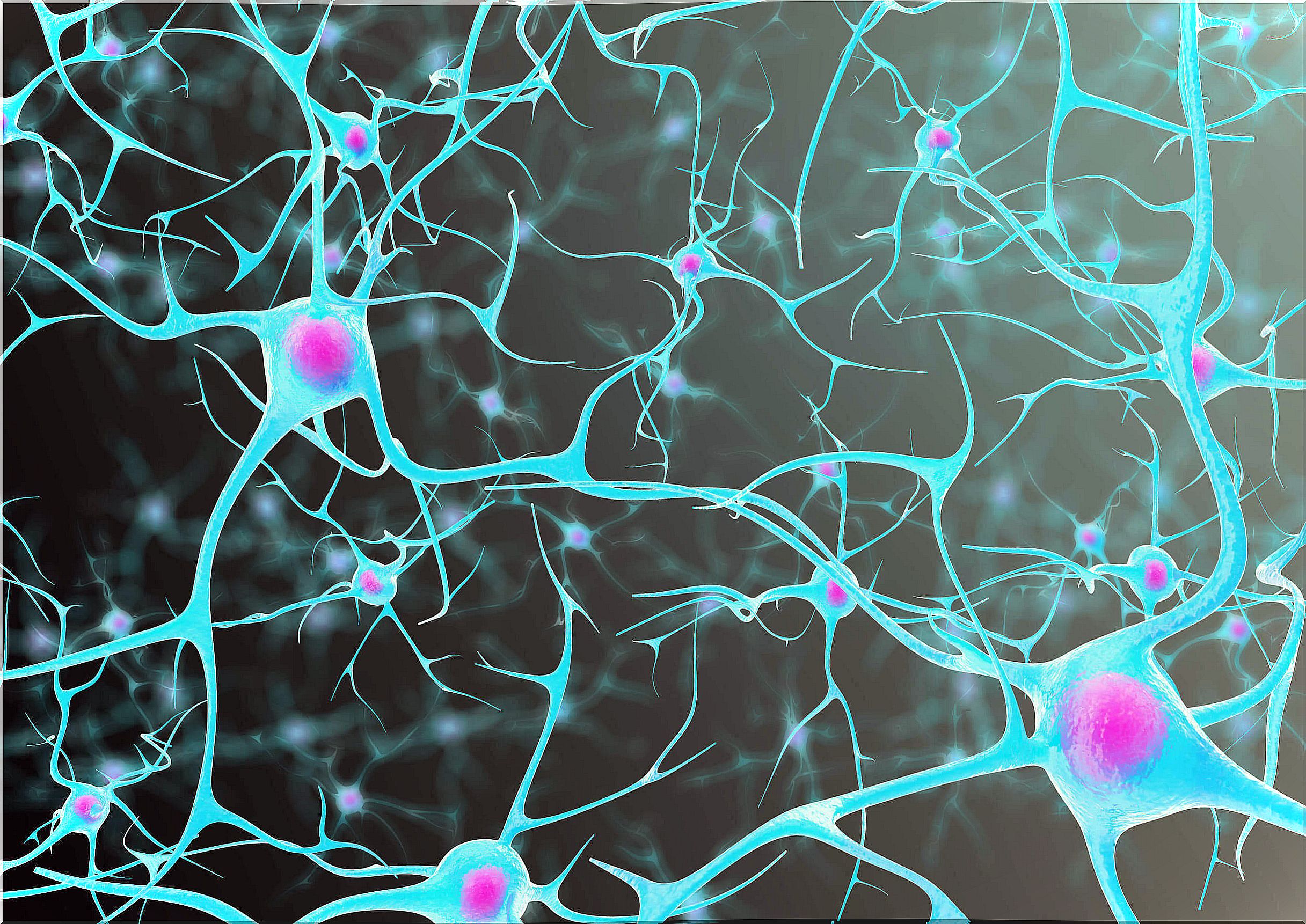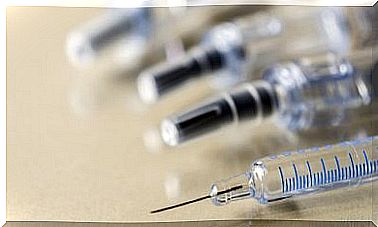Atropine: Functions And Adverse Effects
Atropine is a naturally occurring muscarinic antagonist drug with anticholinergic effect. It has mydriatic, antispasmodic, both intestinal and urinary, antidiarrheal, anticatarrhal and anesthetic properties.
This active principle is extracted from the belladonna plant and other plants of the Solanaceae family . It is an alkaloid, a product of the secondary metabolism of these plants and which has, as we have seen, a great variety of effects.
In ancient times, the Hindus knew about belladonna preparations, which have been used for many centuries. Later, already in the Roman Empire and in the Middle Ages, the preparations were used for toxic purposes.
However, before we begin to delve into this drug, we must know what cholinergic receptors are in order to better understand its mechanism and the actions it triggers.
Cholinergic receptors

Cholinergic receptors are a group that includes two other types, muscarinic and nicotinic. They are found in the synaptic cleft, most at the postganglionic level, although there are also some at the presynaptic level.
That there are receptors at this last level is something common in all neurotransmission systems. This is because they are necessary to carry out a modulating role in the amount of acetylcholine to be released. Therefore, activation of cholinergic receptors at the presynaptic level will inhibit acetylcholine secretion.
Acetylcholine is a substance that is synthesized in the cytoplasm of neurons and that directly activates cholinergic receptors. It should be said that there are also presynaptic receptors that activate the secretion of this substance, however they are very few.
Mechanism of action of atropine
Atropine is a competitive antagonist drug of the cholinergic acetylcholine receptor, which, as we have seen, is a substance that activates these receptors directly.
It suppresses the parasympathetic system, making it a parasympatholytic. The explanation for this is that the cholinergic receptors are located in the parasympathetic effector tissues, therefore, if atropine is administered, we will observe effects in the heart, in the eyes and in the digestive tract, among other organs.
Pharmacokinetics
This medication accepts oral, intravenous, subcutaneous, intramuscular, intraosseous, and endotracheal injection. When administered orally, it is easily absorbed in the digestive tract, then distributed throughout the bloodstream.
It is a drug with high fat solubility, which is why it is capable of crossing the blood-brain barrier and the placenta (pregnant women should be especially careful if they are being treated with atropine).
It has a half-life of about 2-3 hours. In addition, it is metabolized in the liver between 50% and 75%. Then both the metabolites and the unmetabolized drug fraction are excreted in the urine.
Pharmacological actions
The pharmacological actions derive from the blockade of muscarinic receptors, which, as we have explained, are a type of cholinergic receptors. By binding atropine to these receptors, it prevents acetylcholine from interacting with them.
This blockage takes place gradually in a series of body structures, such as the salivary, bronchial and sweat glands, in the vascular smooth muscle, in the cardiac system, in the digestive and urinary tracts, in the glands of gastric secretion and vegetative ganglia.
Being a cholinergic antagonist in all these parts of the body, the actions it triggers in it are, among others:
- Tachycardia. So it is used to increase the heart rate in health emergencies.
- At the digestive level, it reduces tone, peristalsis, spasms, colic and gastrointestinal secretions.
- It makes urination difficult. This situation is problematic in patients with benign prostate hypertrophy.
- Mydriasis It blocks the ciliary muscle producing a spasm by accumulation. However, the blockage of muscarinic receptors in the eye does not occur if they are administered orally.
Adverse reactions of atropine

The adverse effects of this drug are related to the administered dose. They are common reactions, especially in children. In addition, atropine can accumulate and produce systemic effects after a multiple dose by inhalation in the elderly.
In adults, the most common side effects that can be seen are the following:
- Fever.
- Constipation.
- Dry mouth
- Red and hot skin due to lack of sweating.
A drug with multiple effects
Now that you know a little more about atropine, its mechanism of action, pharmacokinetics, pharmacological actions and adverse reactions, you can consult with your doctor for more details if he ever prescribes it.









